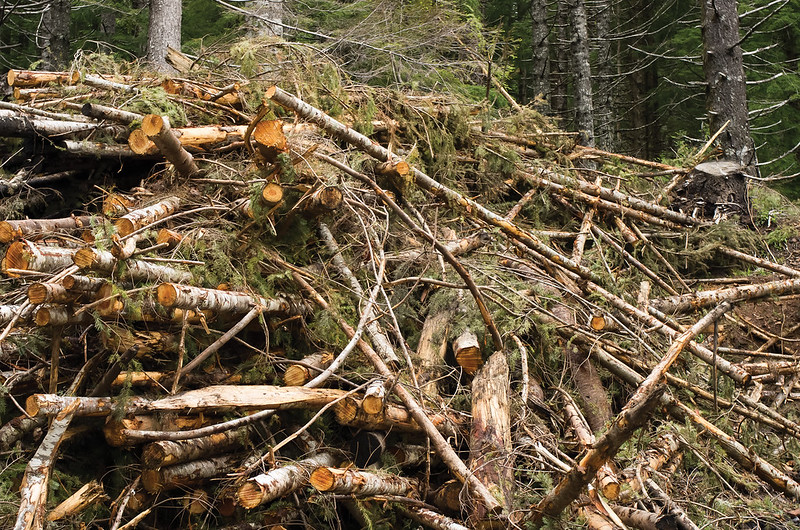Waste to fuels: Thermochemcial processes

There are a number of thermochemical process that can be used to produce hydrocarbons from organic materials. Our focus is on two: pyrolysis and hydrothermal liquefaction.
Pyrolysis involves heating substances in the absence of air. In the case of organic material (wood, tyres, plastics etc) this leads to simpler hydrocarbons as liquids, chars and gases. It avoids combustion (oxidation) that produces noxious emissions and significant quantities of NOx, SO2, CO2 etc.
It produces three types of product: chars that can be used as fuels; liquid fuels similar to petrol through to diesel (wood produces more complex liquids); and flammable gases. It is useful as a last resort for recycling wastes that are difficult to otherwise reuse such as tyres, or cannot be economically sorted and cleaned for reuse, for example plastics laminated with metals.
Pyrolysis systems get relatively cheaper the bigger they get, but wastes are a low value distributed feedstock and running very large plants close to urban centres creates environmental concerns that are costly to manage. Fuels from these systems are expensive to upgrade to replace fossil fuels.
Instead Nufuels has been working on small scale decentralised opportunities making fuels that are fit-for-purpose for local use. Our primary focus is on the Pacific Islands, but we have identified two other niche markets where both disposal and fuels are valued sufficiently to make the businesses economic:
- small scale (~5 tonne continuous per day) for processing of plastics to produce chemicals for reuse in their manufacture; and
- small scale (<1 tonne batch per day) processing of complex waste materials not suitable for reuse, including tyres, complex plastics, contaminated material.such as medical wastes.
Hydrothermal liquefaction uses water at the near supercritical state (pressures of 50–400 bar and temperatures of 200–400 °C) to breakdown organic polymers. Depending on the exact feedstocks and conditions it will produce a good quality biocrude, gases (typically CO2 and methane), an aqueous liquid, and some solid residues.
Because it operates under higher temperatures and pressures and quite an aggressive environment the plant is typically more expensive then pyrolysis, but because it needs water it avoids the cost of drying required for pyrolysis. This favours wet wastes like sewage sludge, food wastes and forest residues.
Commercial systems are just becoming available internationally at the scale suitable for NZ's wastes and we are in contact with many of these.
If you have difficult wastes and want to check out if we could help see Nufuels Consulting or contact Leigh Ramsey.
